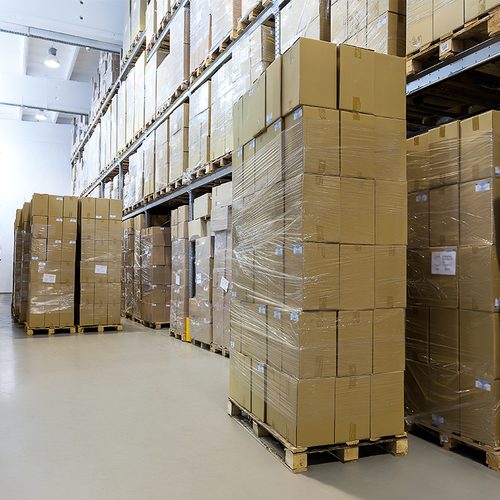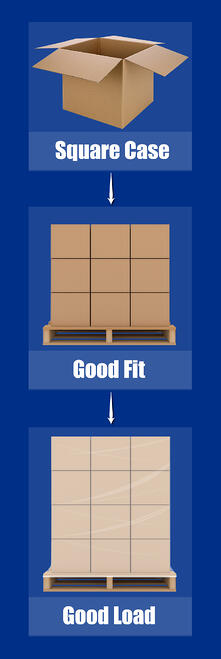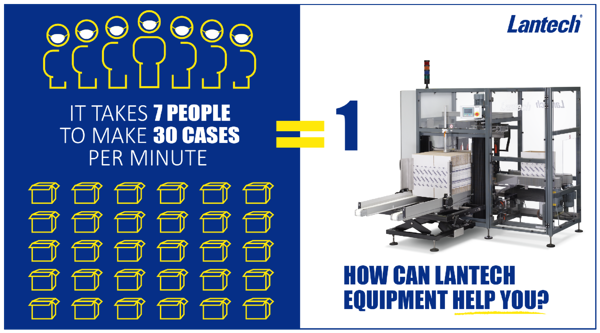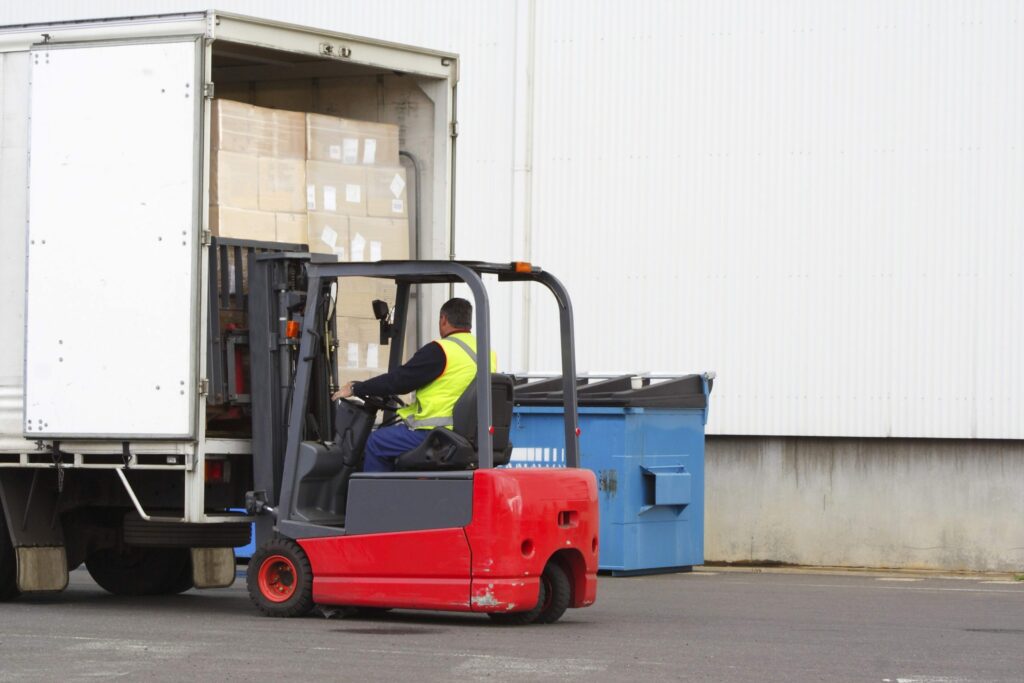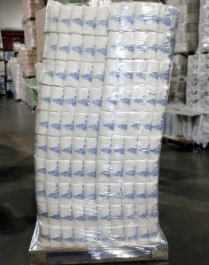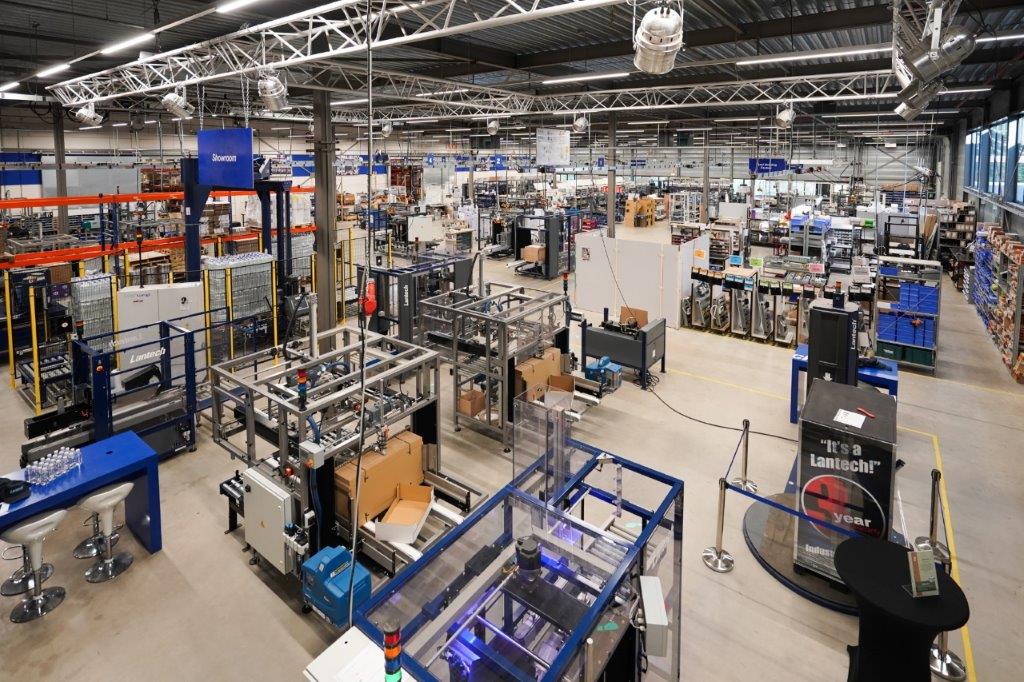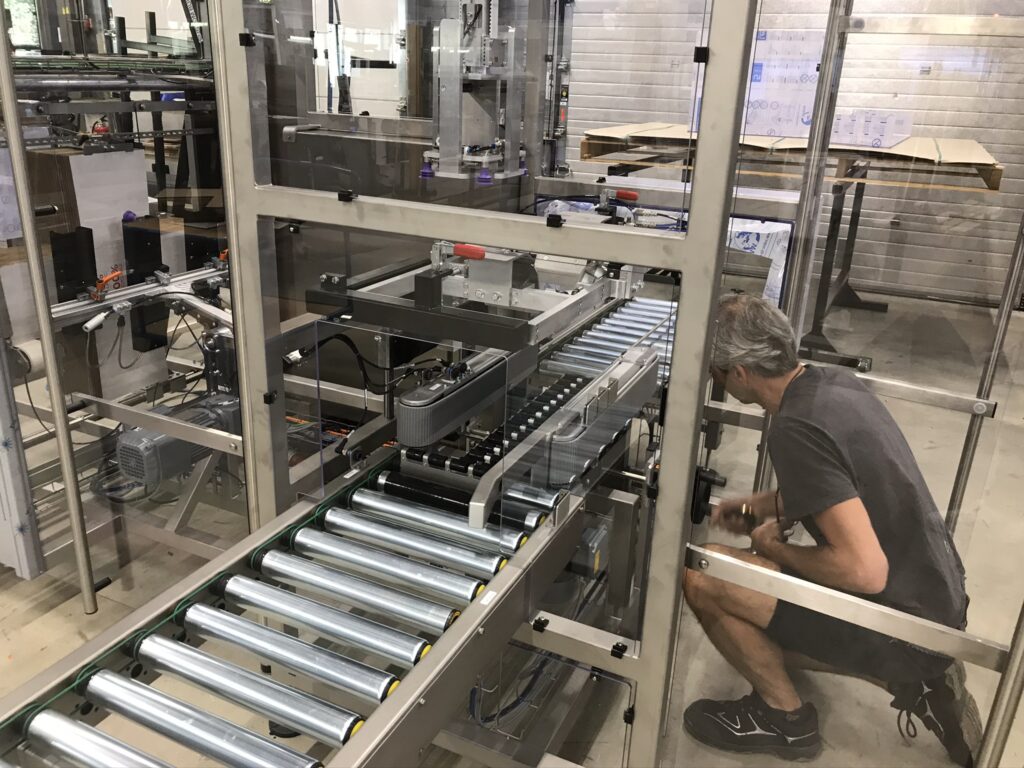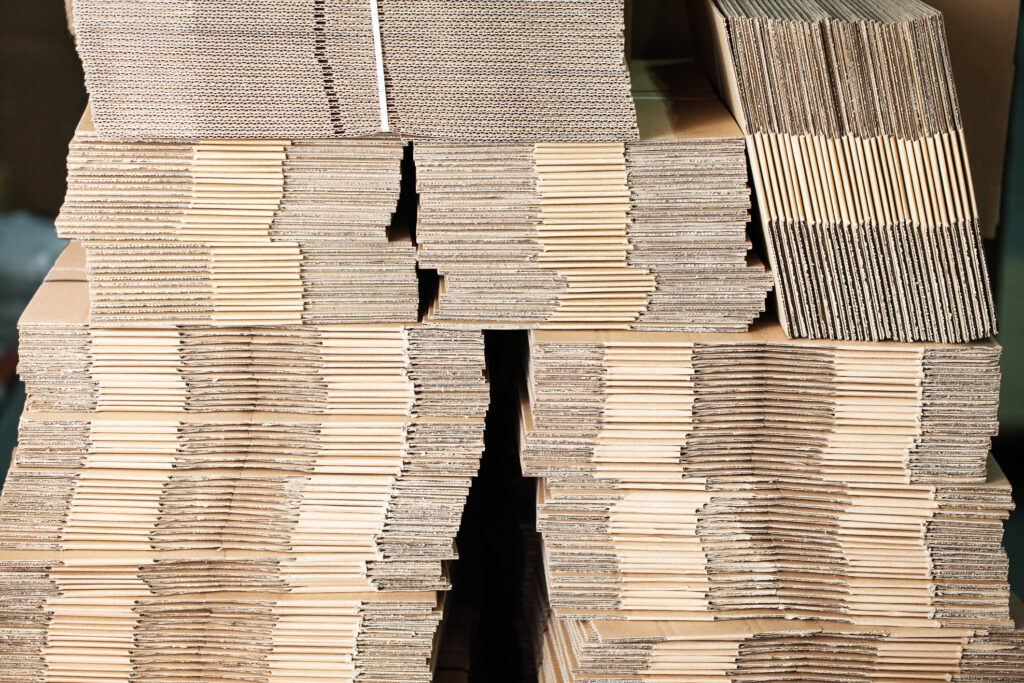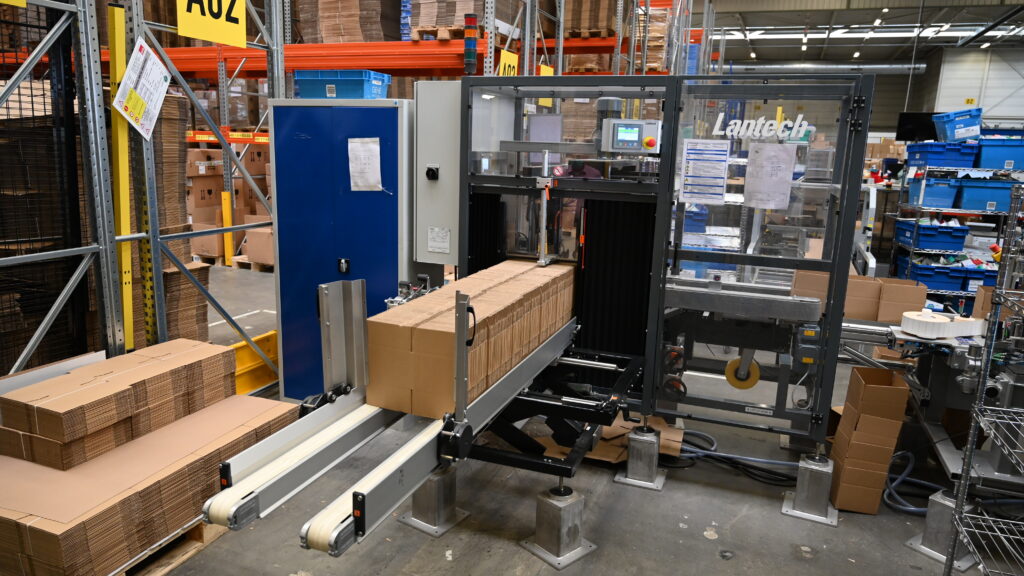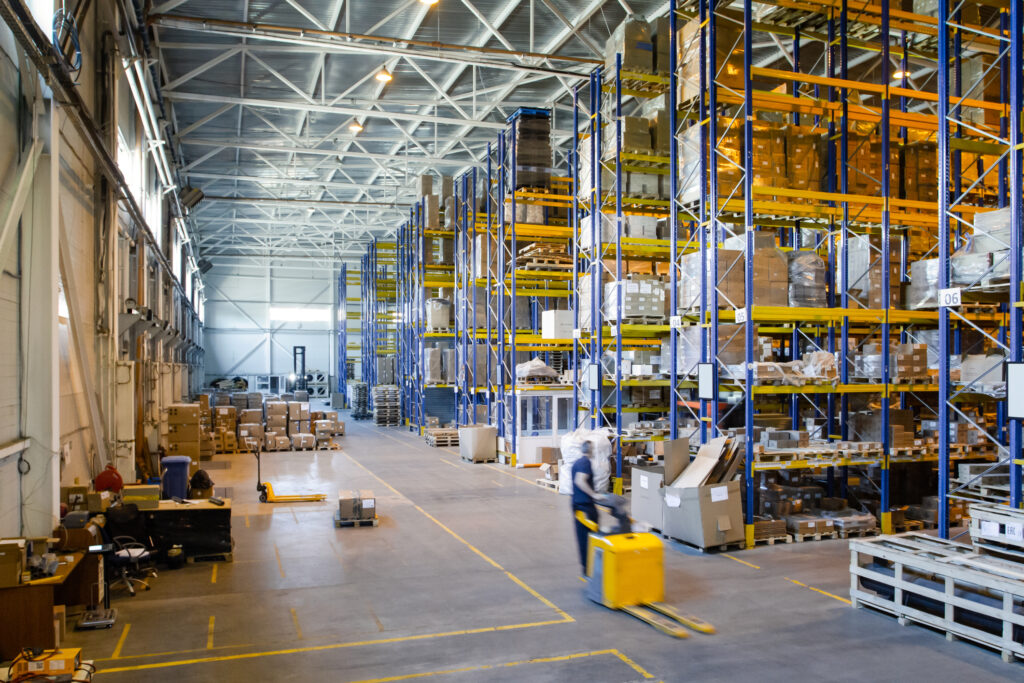Invisible product and pallet damage is a significant challenge in logistics, often leading to financial losses and customer dissatisfaction. This article is for warehouse managers, logistics professionals, and carriers looking to detect and prevent such issues effectively. From identifying hidden product damage to implementing preventive practices, we’ll cover essential methods to safeguard goods.
Key Takeaways:
- Learn what causes invisible pallet damage and its impact.
- Discover methods to detect hidden product damage during transportation.
- Explore best practices, including the role of stretch film, in preventing future risks.
Understanding Invisible Damage
Definition and Examples
Invisible damage refers to structural or internal issues not visible to the naked eye but that compromise product integrity. These damages can weaken products and pallets, leading to potential losses if undetected. Examples include:
- Internal cracks in fragile goods: Such as glassware or electronics that appear intact but are damaged inside.
- Compromised pallet stability: Pallets may seem secure but could have loose or broken components that risk collapse during transit.
- Moisture absorption: Packaging materials like cardboard or certain products can absorb moisture, weakening their structure and leading to spoilage.
- Shifts in load alignment: Goods may move internally within packaging, causing minor abrasions or stress on fragile components.
- Hidden dents or pressure points: Pressure during stacking may leave internal dents on boxes, affecting the product’s integrity without visible signs.
- Temperature-related damage: Heat-sensitive items like cosmetics or food may experience internal quality deterioration while appearing unaffected externally.
- Stress fractures in packaging materials: Pallets or wrapping may develop tiny cracks that compromise overall load security.
These examples illustrate how invisible damage can occur and why proactive detection and prevention are essential in maintaining product and pallet integrity.
Causes
The main causes of invisible damage include:
- Mishandling during loading or unloading.
- Poorly secured loads leading to internal shifting.
- Exposure to moisture during transportation or storage.
Impact
The risks of undetected pallet damage are substantial, including increased return rates, loss of customer trust, and financial penalties. Undetected damage may also disrupt operations, requiring additional inspections and repackaging — challenges that can be addressed with Packaging Machines for Consumer Packaged Goods.
How to Detect Invisible Damage
Detecting hidden product damage requires a combination of visual inspection and advanced tools. Regular checks at key points in the supply chain are crucial.
Methods:
- Moisture Sensors: Detect hidden water exposure that may compromise product quality.
- Weight Monitoring: Irregularities in weight can indicate internal damage or missing items.
- Thermal Imaging: Identifies temperature anomalies that may signal product instability or hidden fractures.
- Load Testing: Verifies pallet stability and load integrity without visible signs of damage.
Each method addresses specific risks, ensuring comprehensive damage detection.
Role of Stretch Film in Prevention
Proper Load Securing
Stretch film ensures goods are tightly secured on pallets, preventing movement and reducing the risk of internal shifts during transportation.
Moisture Barrier
Stretch film acts as a protective layer, shielding goods from environmental factors like humidity and water exposure, which are common causes of hidden product damage during transportation.
Best Practices to Prevent Invisible Damage
Preventing invisible pallet damage requires a combination of proper techniques and regular maintenance.
Methods:
- Invest in Quality Stretch Film: Use durable and elastic materials to secure loads effectively.
- Automate Pallet Wrapping: Ensure uniform tension and coverage with semi-automated or automated systems.
- Regular Inspections: Conduct routine checks for signs of instability or moisture.
- Employee Training: Train staff on proper handling and loading practices to minimize risks.
- Partner with Reliable Carriers: Work with logistics providers that prioritize secure transportation methods.
Conclusion
Preventing hidden product damage is more cost-effective and efficient than managing its consequences. By investing in proper tools, regular inspections, and high-quality stretch film, businesses can significantly reduce risks and ensure goods arrive in excellent condition. Proactive prevention safeguards both customer trust and operational efficiency with solutions like Case Erectors.
FAQ
1. What is invisible pallet damage?
It refers to internal or structural damage to pallets and products that may not be immediately visible.
2. How can I detect hidden product damage?
Use tools like moisture sensors, weight monitors, and thermal imaging for accurate detection.
3. What causes invisible damage during transportation?
Mishandling, moisture exposure, and unsecured loads are common causes.
4. How does stretch film prevent damage?
It secures loads tightly, reducing movement and shielding products from moisture.
5. What are the risks of undetected pallet damage?
Increased return rates, operational disruptions, and customer dissatisfaction are major risks.

